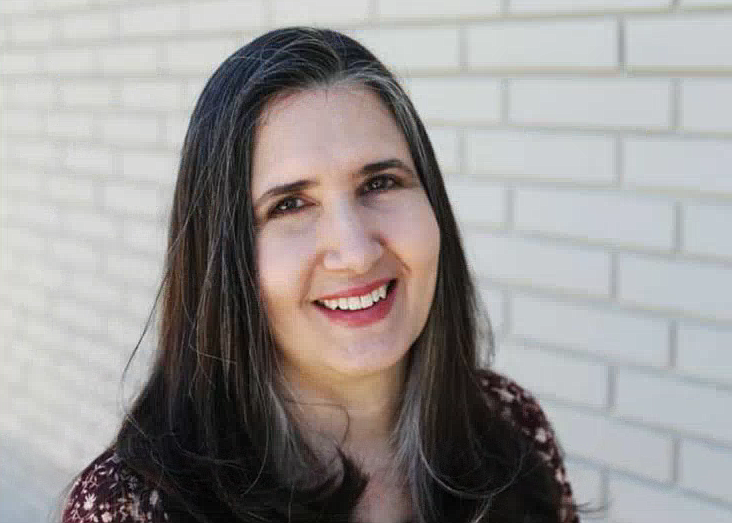Celtic justice had a feminine side
SHOLEH PATRICK | Coeur d'Alene Press | UPDATED 1 year, 9 months AGO
When Americans think of the Irish we imagine a stereotypical sense of fun. Shamrocks, jigs and green Guinness. Corned beef and shepherd’s pie.
But the Irish deserve admiration for something much more serious — a lesser-known fact of their pre-Christian, pre-English, Gaelic culture: Their highly advanced system of justice and gender equality.
A perfect combination for March: Women’s History Month and Irish Heritage Month.
From ancient times when Gaelic cultures practiced a spirituality and societal philosophy quite different from mainland Europe (relevant because other religious authorities subjugated women), Irish women had power. Real, shared power. Some were even clan chieftains. One was a high queen.
This, while across the channel women were little more than servants.
It wasn’t perfect; Irish women had some of the same challenges women everywhere faced. But in those centuries after the Druids and until the English reconquered Ireland in the 17th century, Irish women could aspire to almost any profession. They were lawyers, doctors, poets, church leaders and judges.
The reason went beyond relative gender parity. First codified in 438 C.E. the “Brehon laws” — covering all matters of law as well as commerce and health care — created a sense of democratic equality unusual for the times.
According to an ancient legal text written by lady lawyer Dar-I, the Brehon system already resembled a modern sense of justice as early as 700 C.E. Both prosecutors and accused (who were entitled to legal representation, also unusual) had the right to question witnesses. Rules of evidence were especially fair for the times, and judges seemed to at least attempt to decide guilt based on the weight of that evidence. Instead of the corporal punishment typical of other countries, it used a complex system of fines.
That was practically unheard of on the European continent and England. But that didn’t stop Europeans from thinking themselves more "advanced," looking down on Ireland for centuries to come.
Equality and justice: The best reasons to love the Irish on St. Patrick’s Day.
Side note: While the ancient Irish are often called Celts, that's a bit of a misnomer. The term Celtic was first used in the English language around 1700 and wasn't coined until the 19th century. "Celtic" comes from the Greek "Keltoi," describing people who lived to the north of Greece, and Latin “Celtai” which actually referred to different peoples across Europe. Later, Julius Caesar used "Celtae" to describe the combined languages of Ireland, Scotland and Wales.
As so often happens, history is written — and tends to be confused — by the victor.
"We survive. We’re Irish. We have the souls of poets. We delight in our misery, we delight in the beauty of strange places and dark places in our hearts." — Eilis Flynn
• • •
Sholeh Patrick is a columnist for the Hagadone News Network with a quintessentially American wee drop o’Irish blood. Erin go bragh at [email protected].

